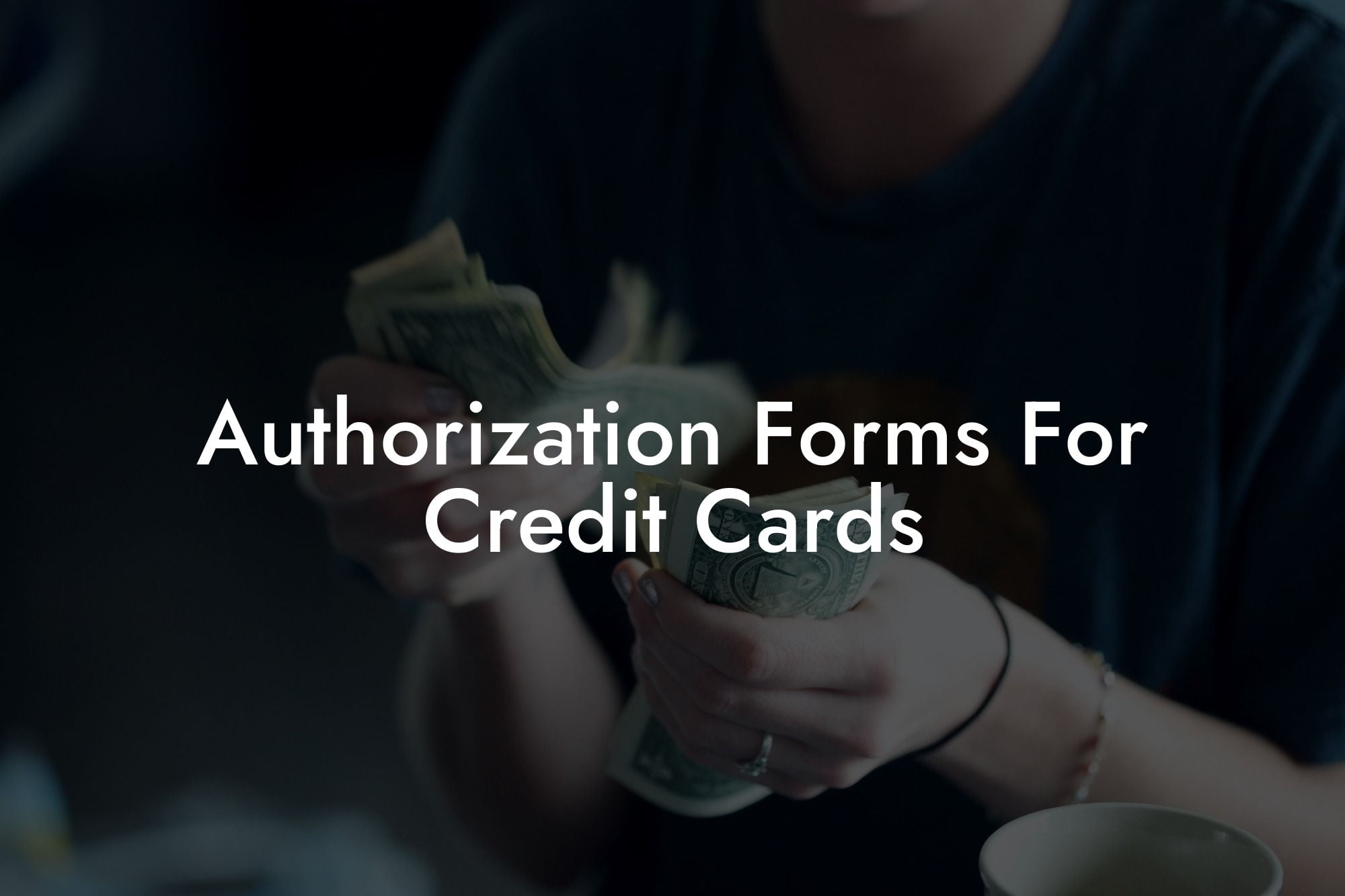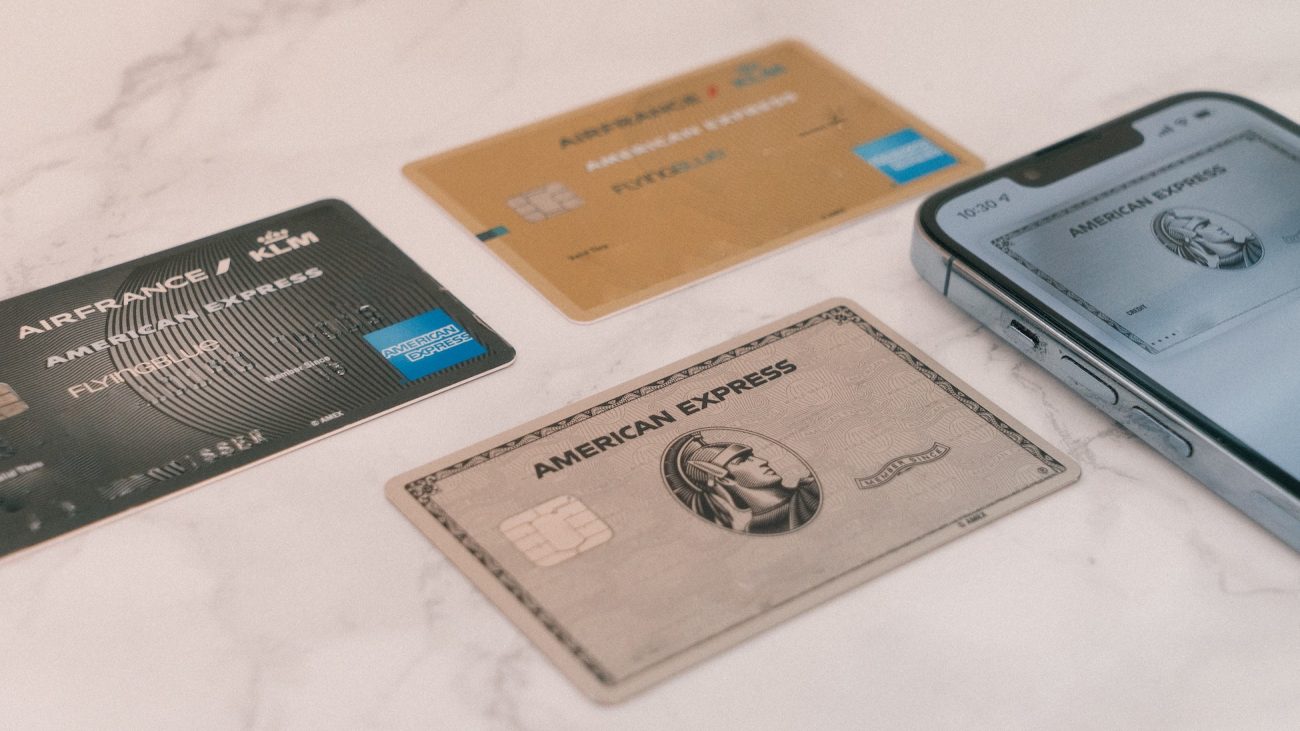Ever wondered why you sometimes need to sign an authorization form when using your credit card, or what the purpose of that form is? Fear not, because Flik Eco is here to break it down for you! In this in-depth article, we'll explore the ins and outs of credit card authorization forms, when they're used, and how they protect you and your card issuer. So let's dive right in and learn what those mysterious forms are all about.
Quick Links to Useful Sections
Authorization Forms For Credit Cards Table of Contents
What is a Credit Card Authorization Form?
A credit card authorization form is a document that permits a third party to charge a customer's credit card for a specific transaction. It's a legally binding agreement between the cardholder and the merchant, allowing the merchant to charge the card for the agreed-upon amount. This form serves as proof that the cardholder has given their consent for the transaction and helps protect both the cardholder and the merchant from potential fraud or disputes.
When Do You Need a Credit Card Authorization Form?
Credit card authorization forms are used in various situations, including:
- Recurring transactions: Subscription services such as gyms, magazines, or streaming platforms usually require customers to sign authorization forms for their credit cards, which allow the merchants to charge the cards periodically without repeatedly seeking permission.
- Deposit or pre-authorization: Hotels and event planners often use authorization forms to process a deposit or pre-authorization for a specified amount to secure reservations or bookings.
- Mail-order or phone-order transactions: Some remote sales may require a customer to fill out a credit card authorization form, although new technology and applications are often replacing these forms with more secure methods.
- High-risk businesses: Businesses perceived as high-risk, such as online gambling or adult content websites, may require customers to submit an authorization form before processing transactions.
- Invoice payments: Some businesses may use authorization forms to collect invoice payments from clients, providing express permission to charge their credit card.
Components of a Credit Card Authorization Form
A standard credit card authorization form usually consists of the following elements:
- Cardholder's name: The full name as it appears on the credit card.
- Card number: The full 16-digit number on the card.
- Expiration date: The month and year in which the card expires.
- Security code (CVV): The three or four-digit number on the back (or front for American Express) of the card, used for verification purposes.
- Billing address: The address where credit card statements are sent.
- Authorized transaction amount: The agreed-upon amount for the specific transaction.
- Signature: The cardholder's signature, confirming their consent for the transaction.
- Date: The date on which the authorization form was signed.
Authorization Forms For Credit Cards Example:
Imagine you're booking a hotel room for a weekend getaway. The hotel requires a deposit to secure the room, so they ask you to fill out a credit card authorization form for the deposit amount. The form typically includes your credit card information, the authorized transaction amount (the deposit), your signature, and the date. By signing the form, you're giving the hotel permission to charge your card for the deposit amount, and the hotel can then use this form as proof of your authorization if any disputes arise later.
And there you have it - everything you need to know about authorization forms for credit cards! We hope this guide has been informative and has helped you better understand the purpose of these forms in securing and streamlining various transactions. Remember, knowledge is power, so don't hesitate to share this article with your friends, family, or colleagues. Feel free to explore other articles on Flik Eco to continue expanding your financial literacy - because when it comes to personal finance, there's always more to learn!













